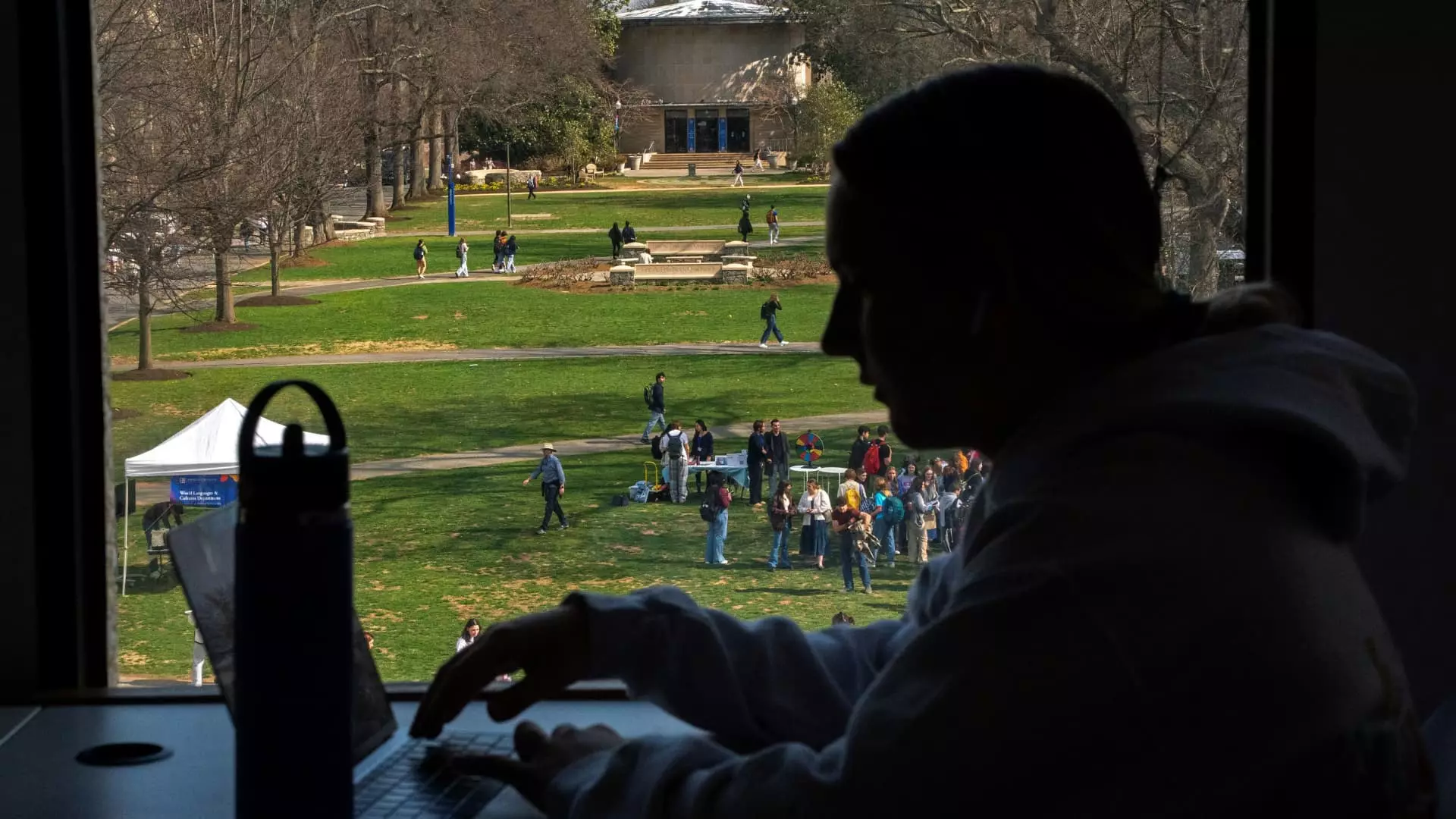In an unexpected move that seems to abandon the principles of fairness and accessibility, recent federal policy changes threaten to devastate countless student loan borrowers. What was once heralded as an opportunity for financial relief—the Biden administration’s SAVE plan—has been abruptly rendered obsolete, leaving vulnerable borrowers stranded in a landscape of uncertainty and escalating debt. As the government shifts from a promise of manageable payments to an increasingly punitive system, the core ideals of educational equity are under siege, revealing a troubling prioritization of political agendas over the real needs of everyday Americans.
The shift away from income-driven repayment plans that once offered a glimmer of hope for those struggling—saving them from looming default—is a stark betrayal of the social contract that pledges higher education as a gateway to opportunity. The Biden-era plan, dubbed the most generous ever, could have alleviated the crushing burden of student debt, reducing monthly payments by up to fifty percent for many. Yet, haphazard legal battles and political interference have dismantled these gains, exposing a government more invested in ideological battles than in safeguarding the financial futures of its citizens. This abandonment signals a disturbing return to a punitive approach—where affordability is sacrificed on the altar of political convenience.
The Dire Consequences of Policy Rollbacks
This retreat from comprehensive, income-friendly repayment options exacerbates existing inequalities and leaves many borrowers dangerously exposed. The looming expiration of the interest-free payment pause is particularly concerning, as it removes the cushion that temporarily protected borrowers during legal turmoil. Borrowers, many of whom had relied on the pandemic-era relief measures, are now forced into a harsh reality: they will face soaring payments that threaten their financial stability and mental well-being.
Experts warn that under the current trajectory, repayment obligations could skyrocket, with some individuals facing bills more than double what they paid under previous arrangements. For example, a typical borrower earning $80,000 annually could see monthly payments rise from less than $200 to over $500—an increase that can push household budgets to their breaking point. This scenario not only intensifies the stress associated with debt but also risks pushing many toward default, thereby locking them into cycles of financial hardship and credit damage.
The narrowing of repayment options to just two plans—the standard and the so-called “Repayment Assistance Plan”—further entrenched the problem. The reduced choice spectrum disproportionately impacts those with lower incomes or precarious employment, who benefit most from flexible, income-based plans. This policy shift effectively strips away a vital safety net, revealing a misguided belief that minimal options are sufficient in a complex financial landscape.
The Political Manipulation of Student Debt Policy
What makes this shift particularly infuriating is its underlying political motivation. The Biden administration’s efforts to introduce the SAVE plan represented a genuine attempt at reform—an effort to reimagine student debt relief based on fairness and sustainability. Its swift dismantling by partisan forces exposes the extent to which education and economic policy have become pawns in broader ideological battles. The conservative push to repeal, coupled with the new regimen under Trump policies, underscores a disturbing reality: the needs of borrowers are secondary to political posturing.
The stark contrast between the two approaches reveals a government that is willing to sacrifice long-term social benefits for short-term political gains. For borrowers caught in this ideological crossfire, it feels as though their financial futures are being gambled away in partisan games. The absence of a unified, compassionate strategy casts doubt on whether the government genuinely prioritizes the economic dignity of its citizens or merely facilitates ideological victory.
In this climate, the promise of affordable, manageable student loan repayment systems appears increasingly hollow. The exclusion of safeguards, the reduction of options, and the financial strain imposed by recent policy shifts collectively undermine the efforts to foster a more equitable higher education landscape. Far from being a step forward, these changes represent a regressive turn—potentially locking an entire generation into a cycle of debt, despair, and limited opportunity.

